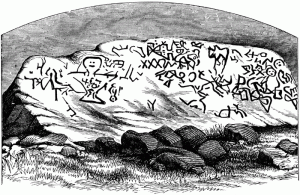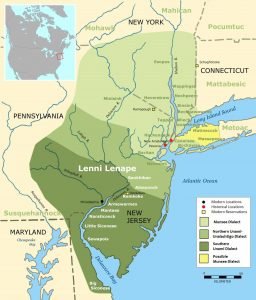Dramatic Representation
Dramatic representation. Among many tribes ceremonies were dramatic in character. Every religious rite had its dramatic phases or episodes expressive of beliefs, emotions, or desires, but in certain in stances the dramatic element dominated and became differentiated from the ceremony. In such cases there were masked and costumed actors with stage setting, effigies, and other properties, and events, historical or mythic, in the cultural history or life of the tribe were represented. The most elaborate of these exhibitions were those of the Pueblo peoples and the tribes of the N. W. coast. Among the Hopi a dramatic representation occurs, yearly … Read more


